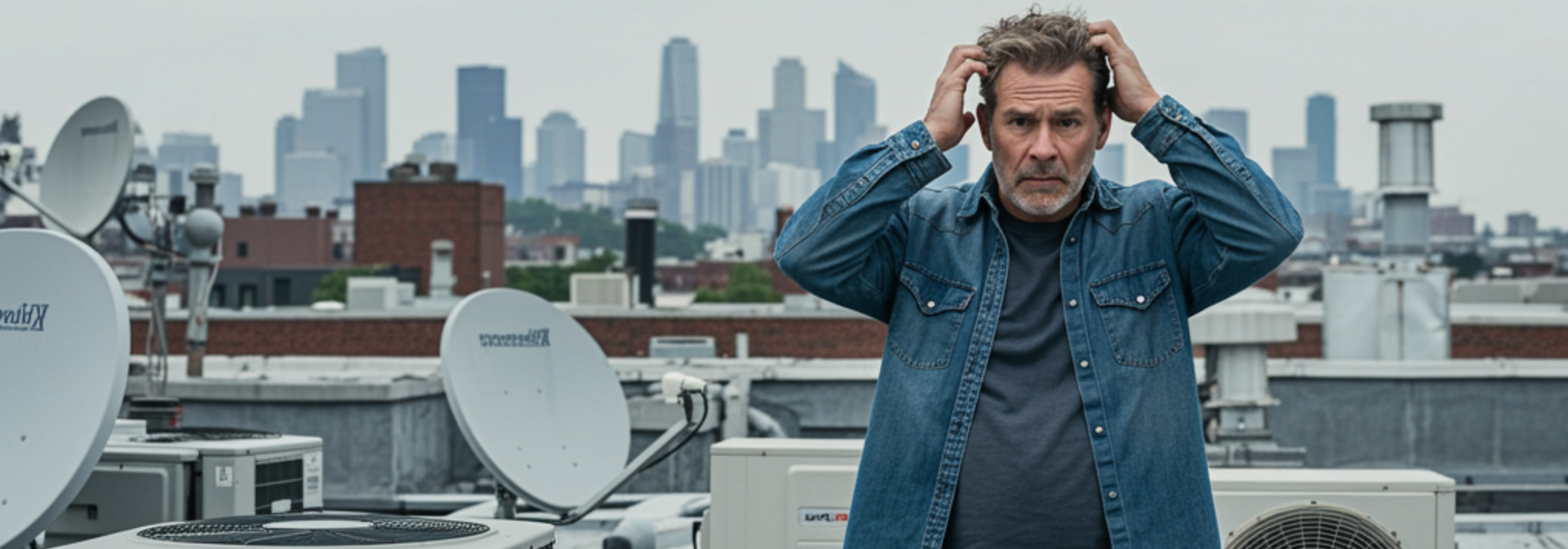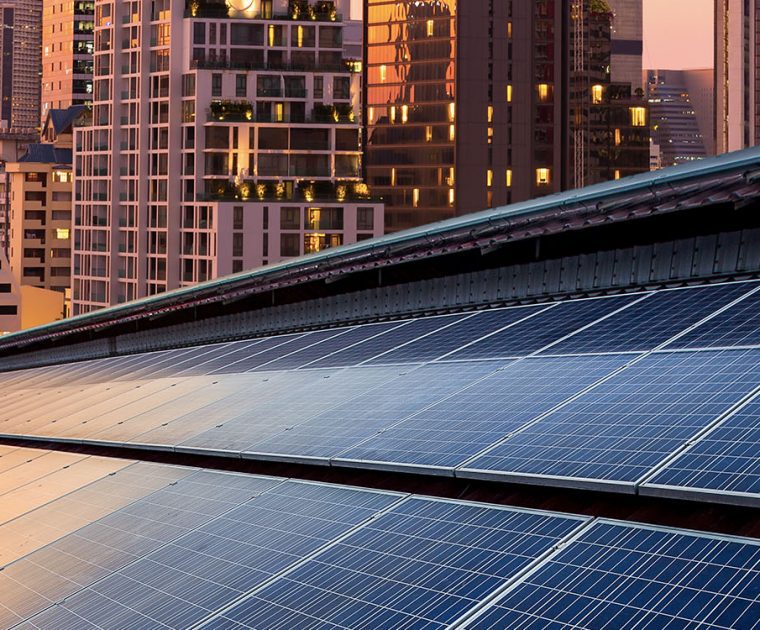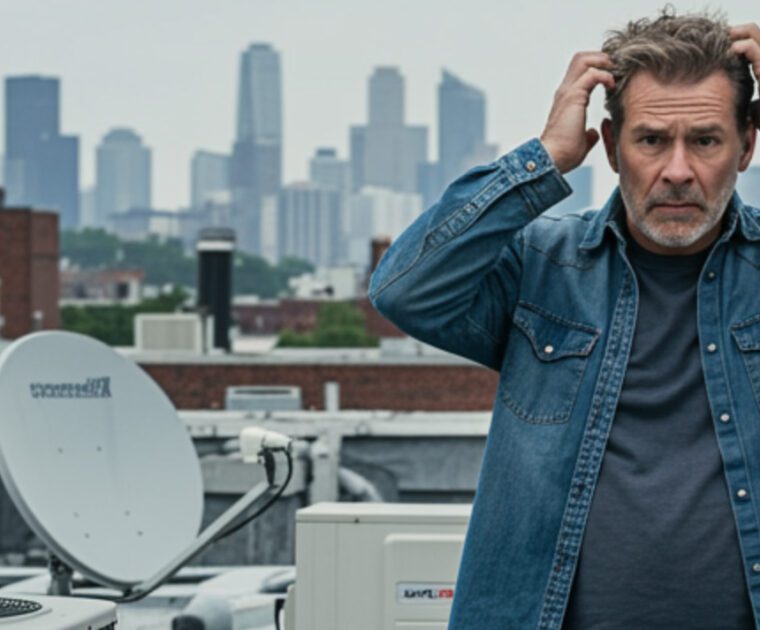If you’re considering solar energy for your business or property, you probably have one big question: Where do I start? At EnergyWare, we guide clients through every step of the solar installation process—from choosing the best location for panels to finalizing equipment and timelines. Here’s a quick breakdown of what you need to know.
Solar Isn’t Just for Rooftops
While rooftops are a common and efficient place to install solar panels, they aren’t the only option. Depending on your property, solar systems can be installed:
• On rooftops (flat or pitched, commercial or residential)
• On carports or parking structures
• On ground mounts (if open land is available)
• On vertical surfaces or integrated into building facades (in some cases)
If your roof isn’t suitable due to space, shade, or structural issues, EnergyWare can help design alternatives like ground-mounted systems or solar canopies.
Basic Requirements for Rooftop Installation
Rooftop installations are the most common form of solar deployment for businesses, but not every roof is automatically suitable. At EnergyWare, we conduct a full site assessment to determine whether your roof can safely and efficiently support a solar system.
Here are the key specifications we consider:
1. Roof Type and Material
• Flat or low-slope roofs are ideal and typically use ballasted or low-penetration racking systems.
• Sloped roofs (like those on residential or smaller commercial buildings) can also work well, but installation methods vary depending on materials like asphalt shingles, metal, or tile.
2. Roof Age and Condition
• Ideally, your roof should have at least 10–15 years of life left. Installing solar on an aging roof can lead to higher long-term costs if repairs or replacements are needed soon after.
• EnergyWare conducts roof inspections as part of the assessment to ensure structural integrity and avoid future disruptions.
3. Available Space and Orientation
• Solar panels are most effective when facing south (in the U.S.) with limited shading from nearby structures or trees.
• Our systems are custom-designed to maximize output, even in less-than-perfect layouts.
4. Load-Bearing Capacity
• Rooftop solar systems typically add 2–6 pounds per square foot, depending on the mounting system. A structural engineer will verify your building can safely support this additional load.
5. Accessibility and Safety
• Clear access pathways are required for installation, maintenance, and emergency response. Energyware designs systems that comply with local fire and electrical codes.
6. Equipment Needed
• Solar panels (monocrystalline or polycrystalline depending on budget and efficiency needs)
• Mounting/racking system tailored to your roof type
• Inverters to convert DC to usable AC power
• Monitoring system for real-time performance tracking
• Optional: Battery storage for added reliability
How Long Does It Take?
A typical commercial solar project follows this timeline:
• Initial consultation and site survey: 1–2 weeks
• System design and permitting: 3–6 weeks (varies by location)
• Installation: 1–3 weeks, depending on system size and complexity
• Inspection and utility connection: 1–2 weeks
In total, most commercial systems are up and running within 8 to 12 weeks from initial consultation.
Get Expert Guidance with Energyware
Every property is unique, and so is every solar solution. At Energyware, we tailor each project to your energy goals, location, and budget. Whether you’re exploring rooftop panels or a custom ground-mount solution, our team is ready to walk you through it from start to finish.
Ready to find out if your site is solar-ready? Schedule a free consultation here.










